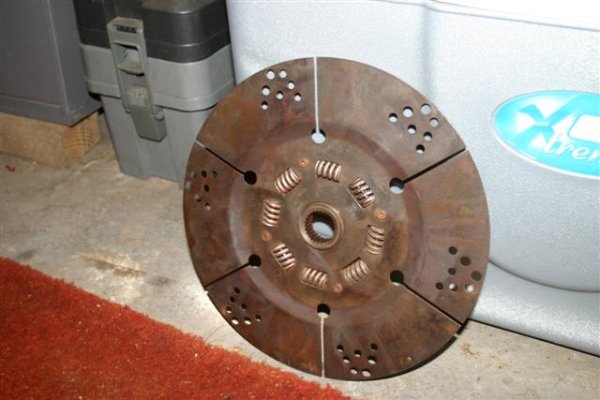skipperdude
Guru
Refering to a starter issue that I had in the Diagnosis game.
I now need to pull the transmission to replace a damaged coupling on the back of the fly wheel.
I have several issues I need to address.
one is that my engine is hard mounted to the stringers. No rubber motor mounts.
The rear mounts are on the transmission housing. So I will need to block the back of the engine to facilitate the removal.
This will require sliding the shaft back enough to unbolt the tranny housing.
Anyone have any experience doing this?
Do I need to do anything special to the stuffing box or will The shaft just slide back to the rudder post. I am going to attempt this while still in the water.
This is on a Cat 3208 N.A. with a Twin Disc Marine gear.97 to 1 reduction
Any advice or experience would be appreciated.
Sd
I now need to pull the transmission to replace a damaged coupling on the back of the fly wheel.
I have several issues I need to address.
one is that my engine is hard mounted to the stringers. No rubber motor mounts.
The rear mounts are on the transmission housing. So I will need to block the back of the engine to facilitate the removal.
This will require sliding the shaft back enough to unbolt the tranny housing.
Anyone have any experience doing this?
Do I need to do anything special to the stuffing box or will The shaft just slide back to the rudder post. I am going to attempt this while still in the water.
This is on a Cat 3208 N.A. with a Twin Disc Marine gear.97 to 1 reduction
Any advice or experience would be appreciated.
Sd
Last edited:




![Photo_013107_009[1].jpg](/data/attachments/11/11438-0d9e9819521842f95a97140f2fbe90e8.jpg)